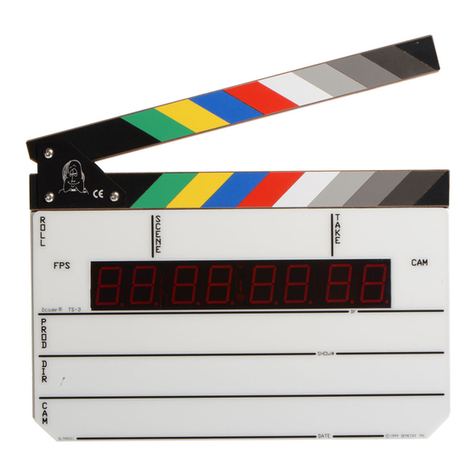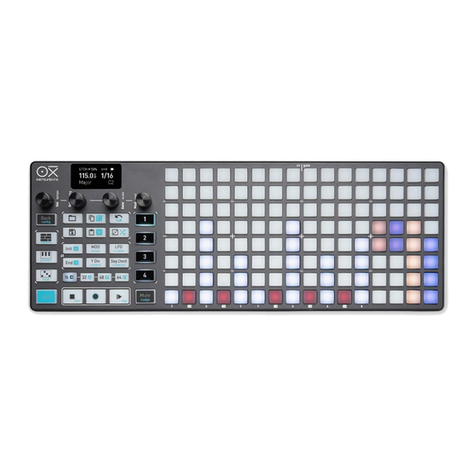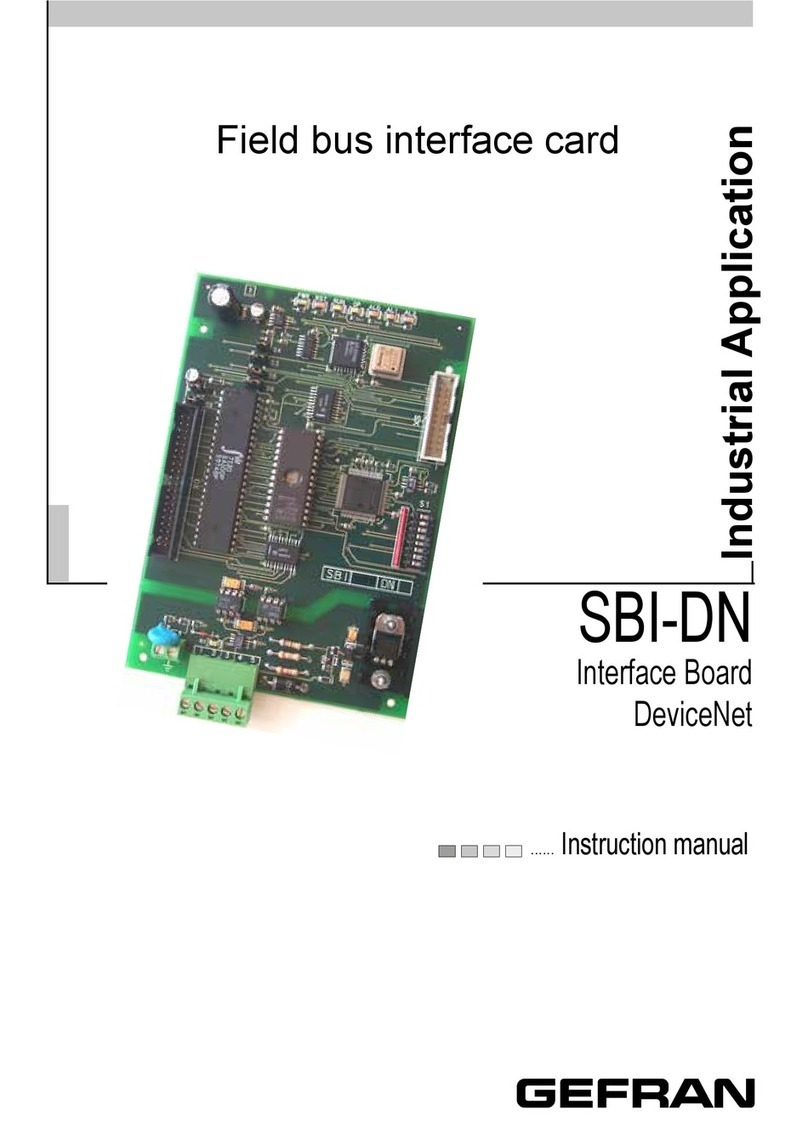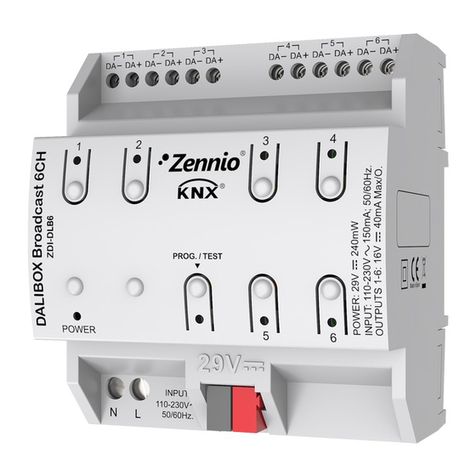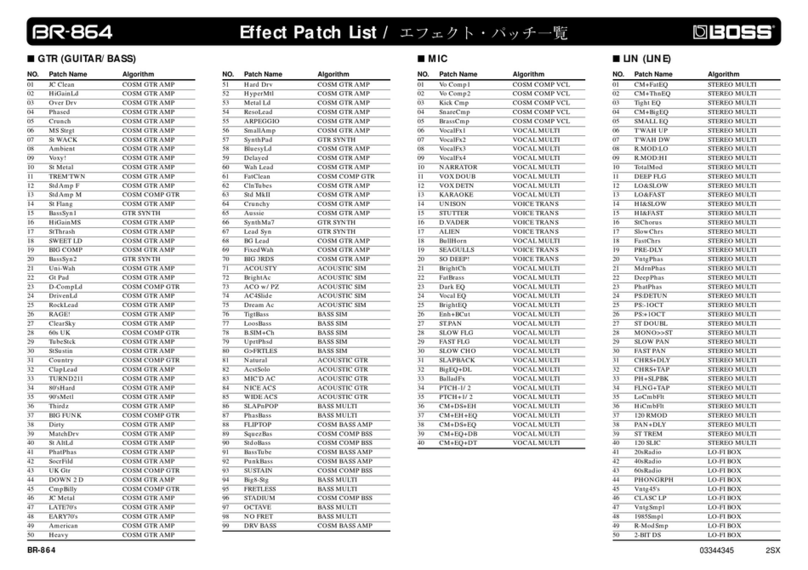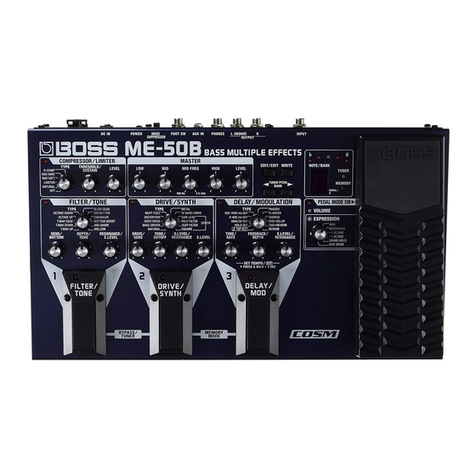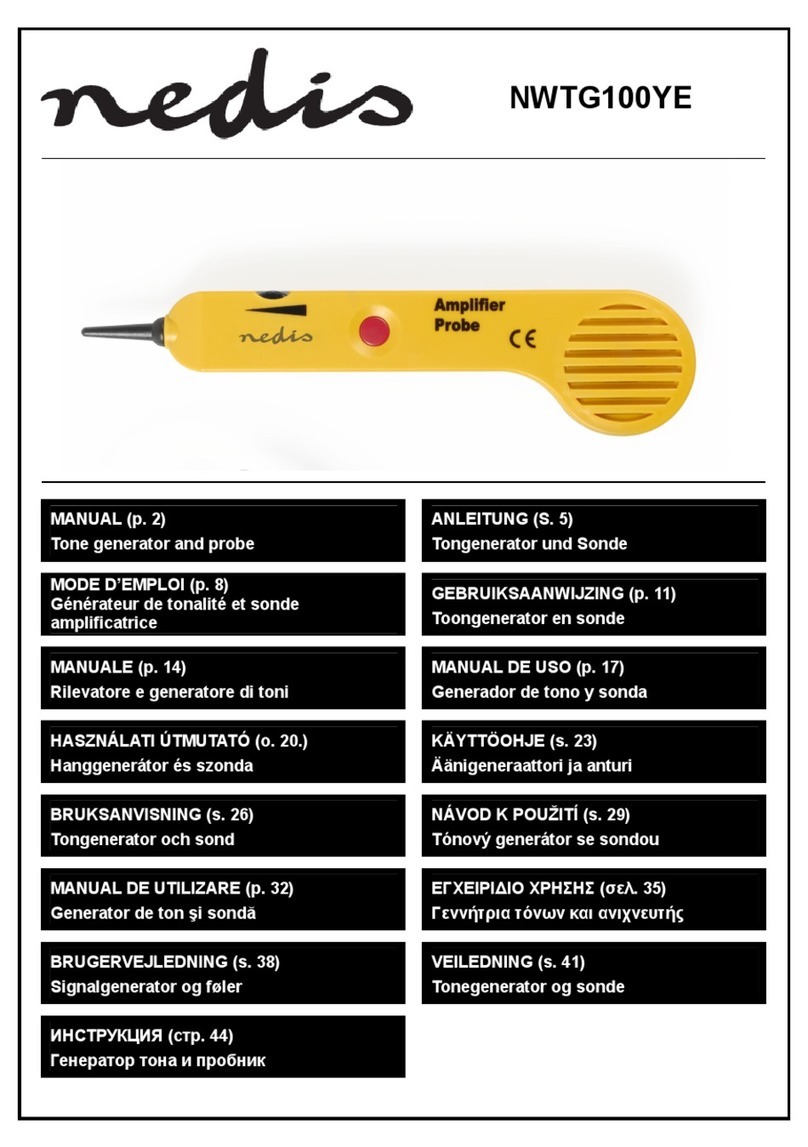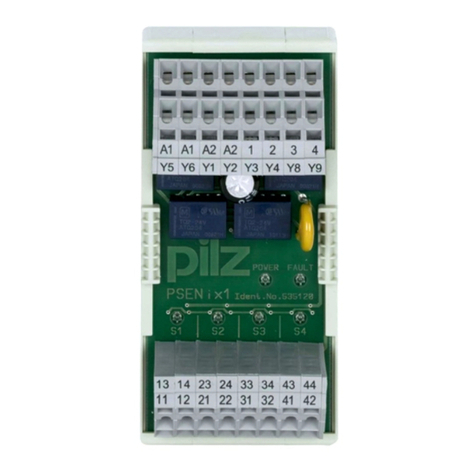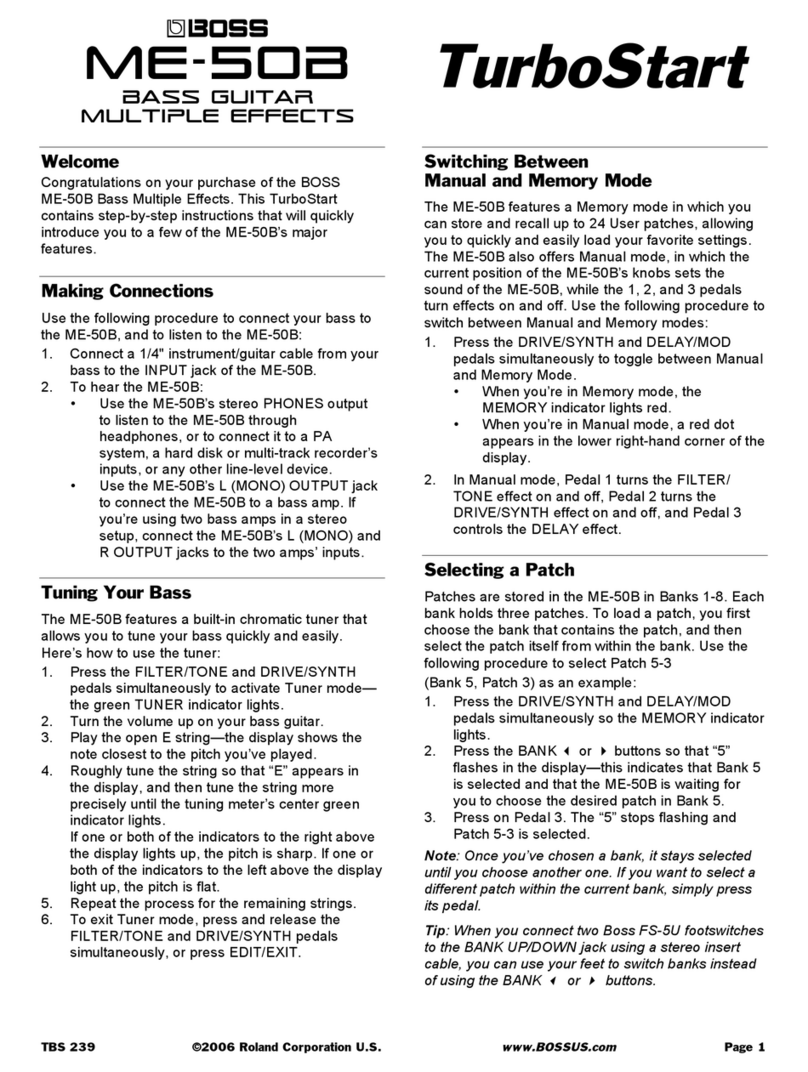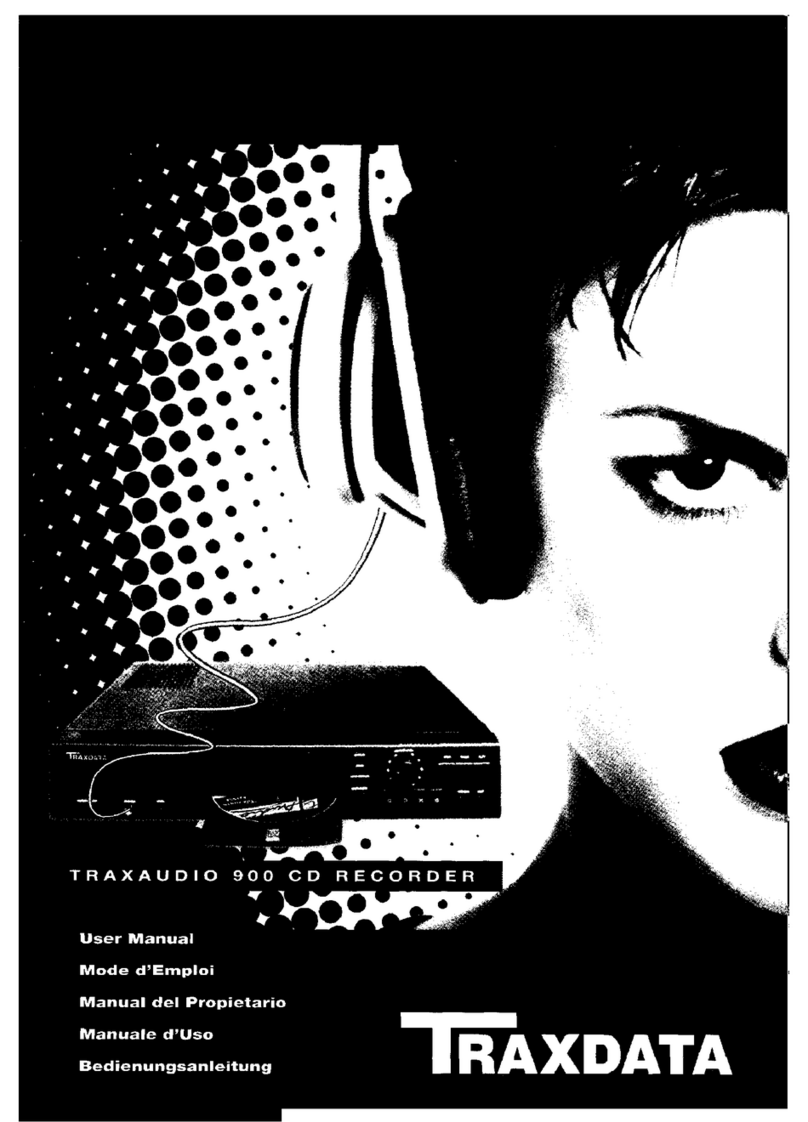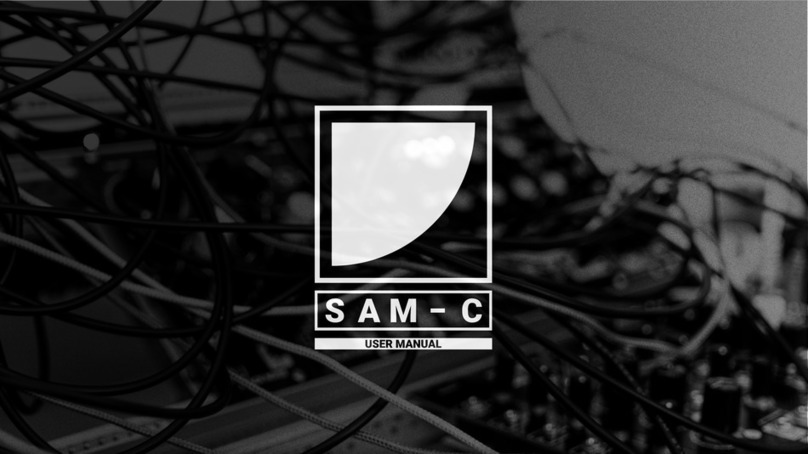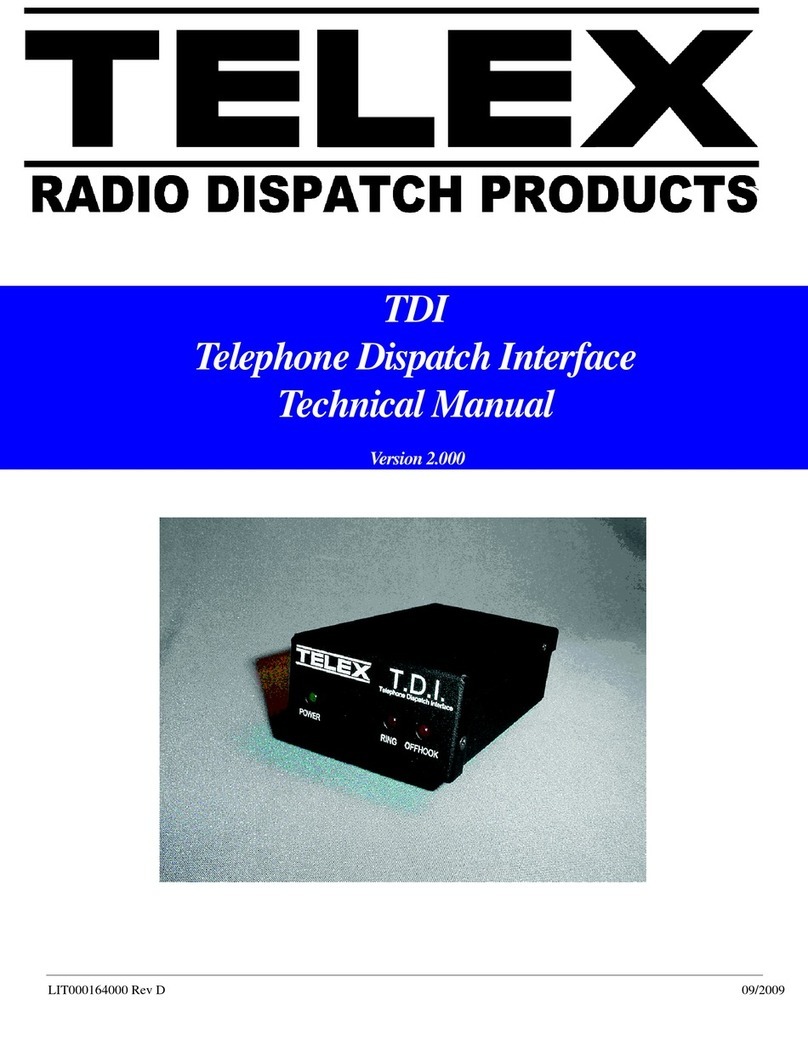DENECKE DCODE TS-C User manual

© 2005 Denecke, Inc.
Patent Pending CE and FCC approved
DENECKE, INC.
25030 Avenue Stanford • Suite 240 • Valencia, CA 91355 • (661)607-0206
D
CODE
®
TS-C
Aaton serial communication via 5 pin Lemo
connector.
Electro-Luminescent (EL) backlit face plate.
Light weight – under 2 lbs. with batteries.
1/3 smaller than the TS-3.
Display intensity variable in 12 steps. Each step
is precisely equal to 1/2 f-stop in exposure.
16 Bit Flash microprocessor produces greater
accuracy and simplifies future firmware
upgrades.
Ability to auto set to incoming frame rates.
Battery voltage and low battery warning
readout.
Re-jam without powering down.
Sliding access door to controls and improved
quick load battery pack.
Sync error warning of differing frame rates.
Choice of either B&W or Color clapper sticks.
The Denecke TS-C is a compact full featured smart slate,
capable of reading, generating and displaying SMPTE/EBU
LTC time code. Its’ new form factor makes the TS-C ideal
for documentary work or anywhere a big slate is too
cumbersome. The TS-C jams to all standard frame rates,
including 23.976 for HD. User Bits are set automatically
when jammed to an external time code. In manual set
mode, frame rates can be cross jammed. Auto set mode
automatically jams to the same frame rate as the incoming
time code. In time code reader mode, both ascending and
descending time code are read. The TS-C reads and
displays off speed time code used in special situations such
as music video playback. The time code reader can also be
configured as a “+1 frame reader” to display the time code
in real time (not a frame late). The TS-C is the first
Denecke product to support Aaton serial protocol. A high
precision TCXO is combined with a 16 bit microprocessor,
ensuring both extremely low drift and high accuracy. The
standard EL backlit face plate is very useful in low light
situations. The new Denecke TS-C compact slate is
affordably priced. Your choice of black and white or color
clapper sticks.
SPECIFICATIONS
Size: 5.00” x 8.25” x 1.24”
Weight:1.90 lbs. with batteries
TCXO: Typical ±0.2 ppm @ 23° C
±1 ppm @ -30° to +75° C
Input:-15 db at 4.7k.
Ext. Power: 5.7v to 16v DC
Battery Pack: 6 alkaline “AA” batteries.
[Note: Remove batteries when using external power!]

TS-C OPERATION June 2005
Denecke, Inc.
25030 Avenue Stanford • Suite 240 • Valencia, CA 91355 • Phone (661) 607-0206 • Fax (661) 257-2236
Info@denecke.com • www.denecke.com
MODES
Time Out: Display times out when sticks are left open. EL Backlight: Enable/disable in low brightness.
Feed Alert: Reminds you when to jam. Hold Clap Frame: Displays the last time code after the user bits.
Jam Lock: Inhibits running time code without jamming. Plus 1 Frame
Reader:
Time code is displayed in real time when in read
mode.
Flash Frame: Changes intensity to ensure exposure. Scroll back: Push Set button while sticks are closed to display
scroll back of previous claps.
Scroll back memory is cleared at power off.
SET UP CHART DISPLAY
Version 1.6 Mode A Status Mode B Value
0) Start Return Return
1) Time out/Display Tout on/(off) 15,30,(60),120 Seconds
2) Feed warning in UB Feed " 2,(4),6,8 Hours
3) Jam lock Jloc " Dflt (Set)
4) Flash held frames Flsh " 1,(2),3,4,5 Frames
5) Hold clap frame Hold " (5),15,30,60,120 Seconds
6) EL backlight EL (on)/off node* B
7) - node* A -
8) Plus 1 frame reader Pls1 on/(off) -
9) - - -
* Note: M is displayed as “n” on the 7 segment display. Default settings indicated by parenthesis.
The mode switches are located behind the sliding battery door on the side of the slate
To set mode functions, switch off power and place the rotary switch in position 7 for mode A or position 6 for mode B. Switch
power on and the selected mode will display. Use the rotary switch to cycle through available functions. The display shows the
function and status. To select the desired mode status place the run/read switch in run (on) or read (off) position. Push the set
button to capture the chosen function. Use Mode B(6) to set values for the selected function. Pushing the set button will display
and increment the value. When the desired modes are set, switch to “Return”(0) and push the set button. The display will run.
[NOTE: the letter “M” is displayed as “n” on the 7 segment display.]
Mode "A" selects the mode status while mode "B" selects the mode value. All setup information is displayed on the LED readout.
To reset to default (all modes off), go to mode B(6), select Dflt(3), run/read switch in run (on), and push the set button. “Set” will
light and all functions will reset to the default values.
There are two ways to jam sync the TS-C: First is to feed an external time code (via the ¼” jack or LEMO) while the TS-C is off.
Select the desired frame rate with the rotary switch. Set the run/read toggle switch to run (up) and power the slate on. The TS-C
will jam to the external time code. Second is with the desired frame rate selected, and the slate already on. While the slate is
running, close the sticks, and with external time code fed to the TS-C, press the display brightness up button. The slate will auto-
matically jam to the external time code. With this new feature, powering down the TS-C to re-jam is not required.
Aaton serial communication with the TS-C is very simple. Connect the LEMO plug from the master to the LEMO input on the
TS-C. Send the serial data from the master. The TS-C automatically enters the serial data mode and jam syncs to the external
master. Frame rate is dependent on the frame rate rotary switch setting. To verify time code, simply send the serial data query
from the master and the TS-C automatically returns its current time data.
Display brightness is controlled by two push buttons located on the back panel’s upper right corner. Pressing the up button in-
creases the display brightness and pressing the down button decreases the brightness. The display brightness has 12 steps, each
increment is exactly 1/2 f-stop and the adjustment range is 6 full f-stops.
Other DENECKE Recording Equipment manuals
